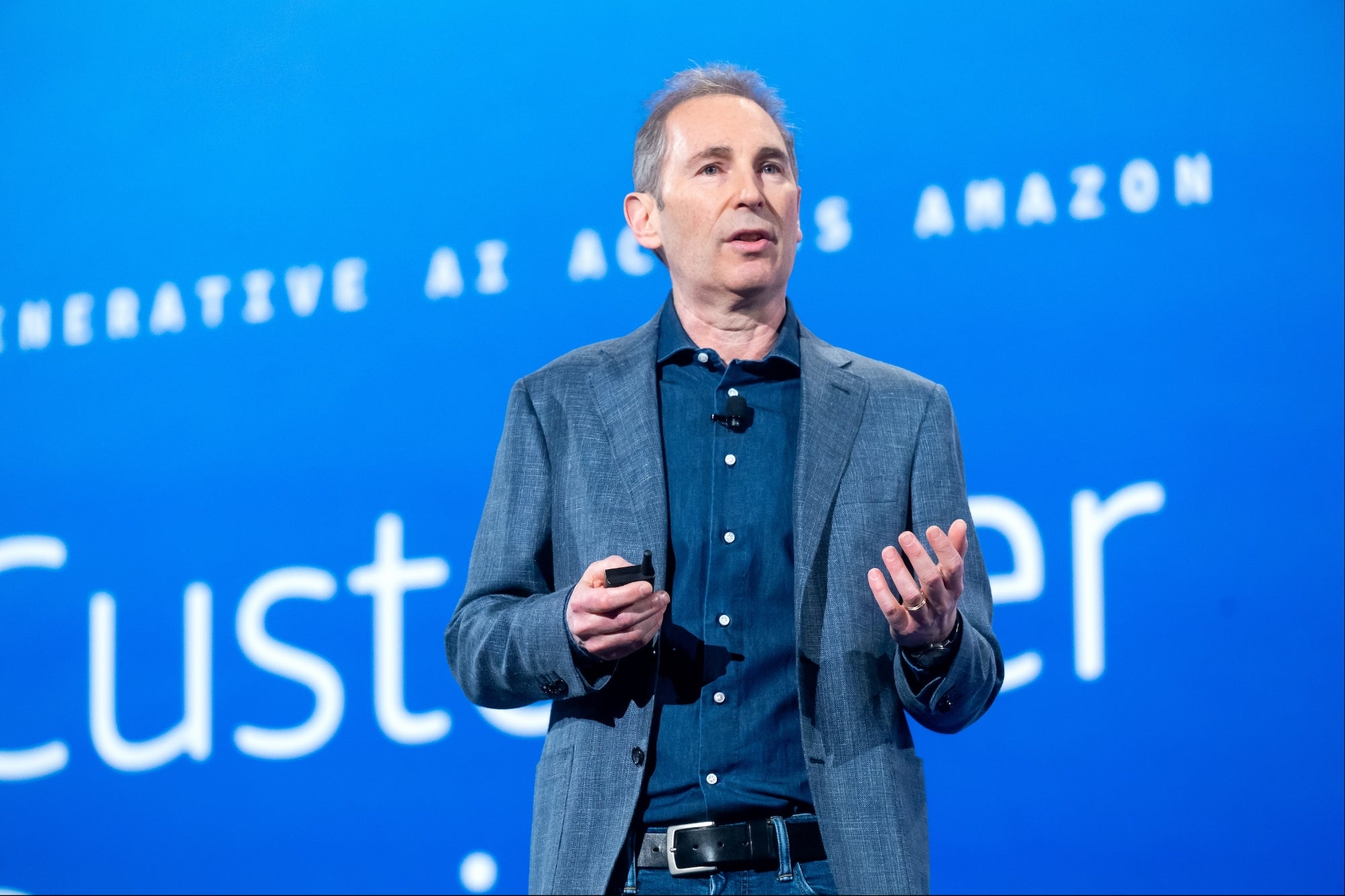5 Ways Technology Can Help Save Water; Here's How! In order to take the right decisions, one needs dependable data. Our decisions will be better if they are data backed!
By Vivek Shukla
Opinions expressed by Entrepreneur contributors are their own.
You're reading Entrepreneur India, an international franchise of Entrepreneur Media.

In 1985, Boutros Boutros Ghali, former Secretary General of UN expressed that the next war will be fought over water, not politics.
We are so used to having water all around us that we have forgotten that unlike energy we have not found new sources of water and are not making any new water. What we have is all we have. The climate changes have resulted in severe droughts all over the world whether it is in California, São Paolo and all across India. It is now important for us to take a serious note of this impending crisis and work towards leaving a better place for future generations. On one hand we need a greater resolve to save water but on the other hand we need technology to save water. Here are 5 ways technology can help saving water:
1. Real time metering and frequent billing
Famed author James Harrington mentioned "Measurement is the first step that leads to control and eventually to improvement."
Conventional water meters require manual reading hence most of the service providers read the meters once in a quarter or twice a year even, and send the bills to the consumers. The bills are merely statements, with no insight into the water consumption. Smart meters such as WaterOn are capable of reading individual consumption and offer the readings to the consumer in real time. Such detailed consumption information helps the consumers alter their behaviour to bring in savings. With frequent billing, service providers can implement off and on peak water delivery much like electricity to help in conservation efforts.
Metering in itself has proven to bring down the overall consumption by 30% in residential complexes.
2. Leakage detection
A leaky toilet can waste more than 700 litres of water every day that is equivalent to India's average daily consumption of a household. Unlike a dripping faucet most of the times a leaky toilet flush remains unnoticed until the consumer gets the bill. Faulty plumbing and leaking pipes, sudden pipe bursts due to age and changes in environmental factors are the second largest contributors to water wastage worldwide. Real time leakage detection systems can quickly alert the consumer about the incident and corrective action can be taken. There are low cost leakage detection systems available that can be easily deployed by most house owners to prevent leakages from occurring.
3. Control mechanisms - tenancy/vacancy
Another area where technology helps in saving water is the capability to remotely shut off water supply in case of a leakage. Once detected, consumers can be alerted about the leak. But having done so, what next? The consumer may be far away from home. In such cases, technology can help consumers to shut off water supply immediately. They can then come back to the premises and address the core problem.
Apartment managers or other facilities managers can shut off water supply whenever a resident vacates the property to avoid incidents of someone leaving a tap running and going away.
4. Distribution management
Whether it is a small apartment complex or big, a utility company or any other service provider supplying water to a community, managing distribution of water is a challenging task. Real time technology enables a dashboard of supply and demand and water consumption pattern over a period of time for the distribution manager. Facilities manager can take intelligent data backed decisions to source more water or conserve considering the previous and projected water demand.
Smart meters with control options also allow a service provider to move away from time based rationing and adopt a guaranteed volume based rationing by promising the consumers to supply a guaranteed quota of water every day to prevent water wastage.
5. Data, data and more data
Conservation needs decisions on water consumption and distribution. Individual consumers and utilities must resolve to conserve water. In order to take the right decisions, one needs dependable data. Our decisions will be better if they are data backed. Many of us feel that we are not using much water and that we are better off than our neighbours and so remain content. But is this true? Metering has shown that at least 10% of people have had a rude awakening. This is possible only through collecting data. Smart metering technology helps in gathering of accurate and event driven data. The more data we have, the more we are able to analyse the situation and more effective our decisions will be to conserve water.
On a global scale, fresh water usage can be broadly classified into Agriculture, Industry and Domestic use. The world is moving towards a higher urban population. This is forcing the major cities in the world to grow vertically. The demand for (domestic) water in metros is on an exponential rise. So the growing scenario is set to waste a lot of water, unless measures are taken now.
Traditionally, high-rise buildings do not sub-meter water, except in a few cities. While simple metering may help to a certain extent, technology can pitch in to help make meters smart and save more water.










